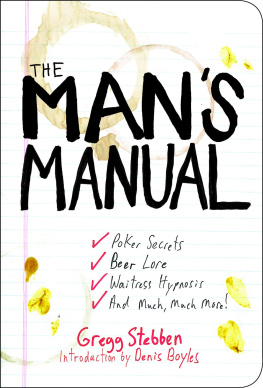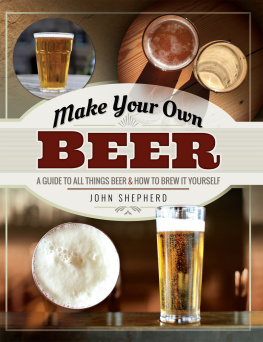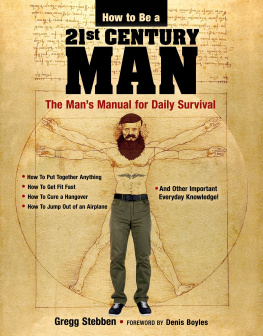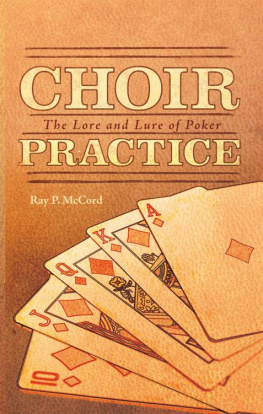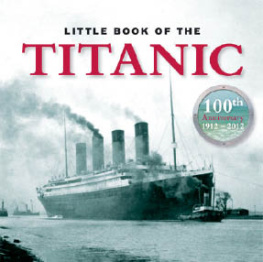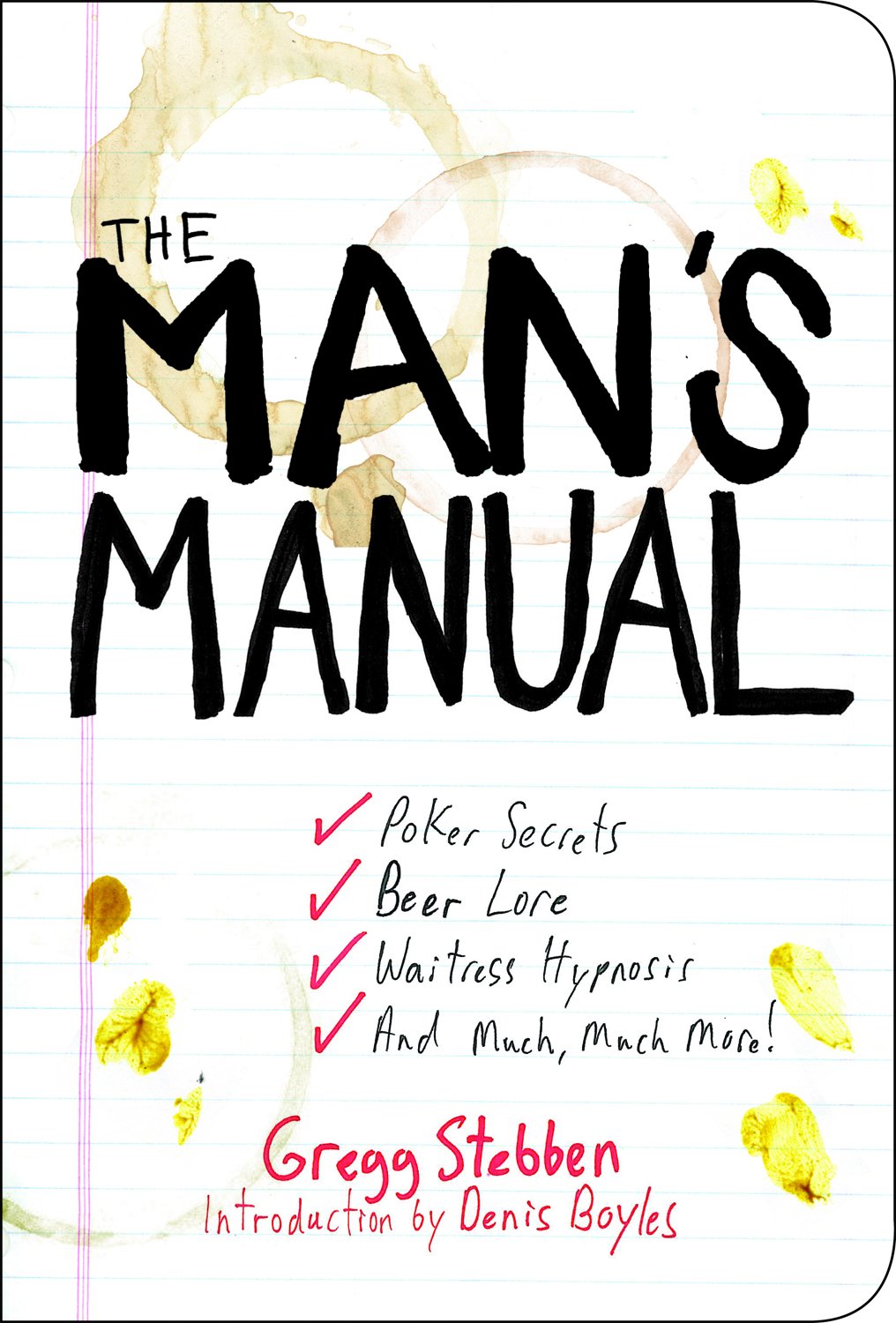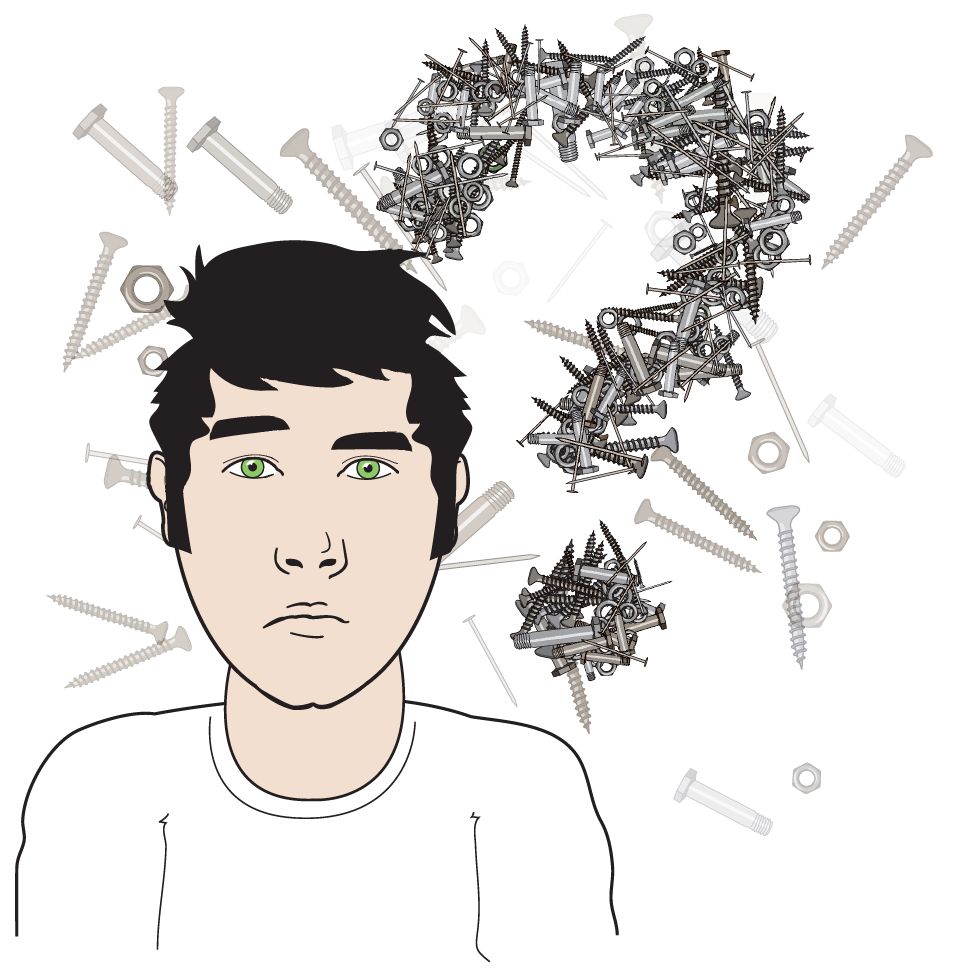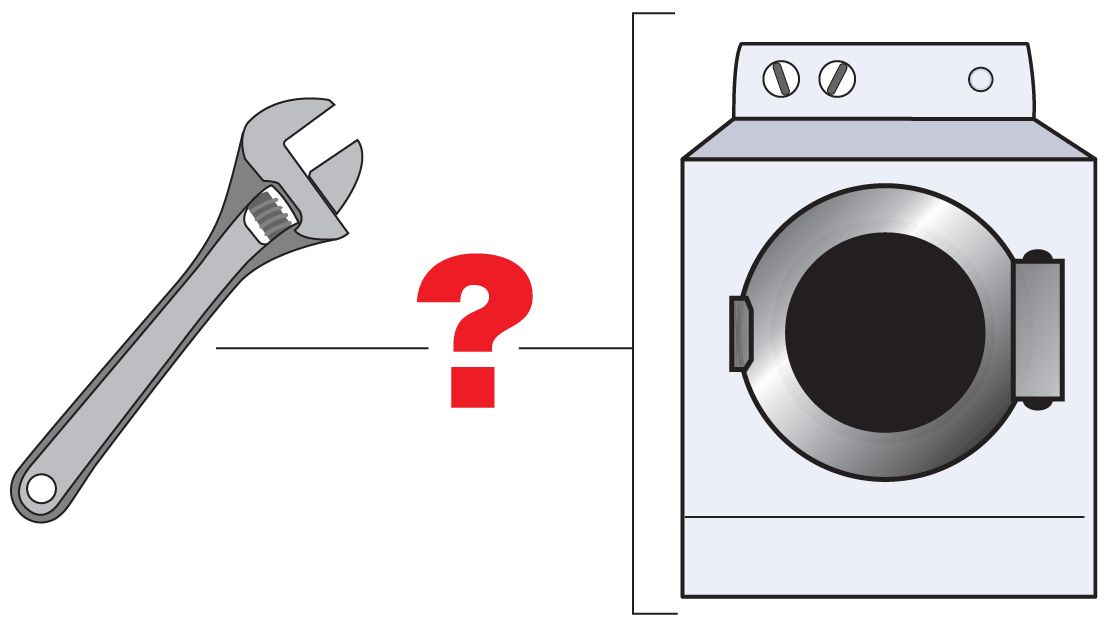Heres the bad news on that analog 12G5 widget you just had to have: The elbows at the top of pole assemblies 12 and 14 go inverse to the cross-member and motor-mount housing. Who knew?
Well, maybe you knew. But most normal guys would assume that if you reverse those pole assemblies on the 12G5, and then wind her up, what you get is your basic torqued-widget fault, in which the widget-pod, instead of going front to back, goes wonky in a kind of front-to-side-to-upside-down motion, real fast. Cool, huh?
Other more widget-savvy guys hate that stuff, though. Theyll come along behind you with a pair of pliers and straighten out all the pieces you had carefully reengineered to fit the way you thought they were supposed to fit.
You may think the lesson in this little tale is that it always pays to read the directions, but youre wrong. The lesson here is that there are only so many ways to put together anything, and that once these fundamental principles of what we can call civilian engineering have been mastered, there is nothing you cannot join together, no assembly you cannot assemble, no tabs you cannot insert, no slots you cannot fill, no act you cant get together.
The Master Assembly Instructions
After you read these directions oncedesign flaws, emotional trauma, and manufacturing errors notwithstanding youll never have to read any directions for anything ever again.
GET THE BIG PICTURE
This is the most important step of all, which is why it comes first: Look at the box.
No matter what youre putting together, the parts look nothing like the whole. If you spread out the parts for the 12G5, for instance, youd think it was something you, personally, might likea sit-down vaulting pole, for instance (would that be great or what?) where you could just, like, run along until you got to the thirty-foot crossbar, plant your pole, take a seat, and ride the crest in style, waving to the crowd and taking pictures as you goinstead of whatever it is for the tyke. One look at the box will set you straight.
This particular assembly instructionlooking at the boxis critical because it has universal application. To illustrate why, lets take something not normally associated with hardware. For instance, you take Mexico and a cheeseburger and put them together, you wouldnt think youd get a taco. You have to see it before you can build it. Like a field of dreams.
Use Your Mental Wrench. So look at the picture, imagine how its assembled, then, mentally, disassemble the thing. In fact, a good set of instructions contains an exploded diagram. Thats really all you need. Spill all the parts out of the box onto a smooth surfacethe floor, maybe. Place them on the living room carpet so they appear in the order shown on the exploded diagram. From here on, its just a matter of tightening things up. (But not too tight.)
RECOGNIZE A LIE WHEN YOU SEE IT
Unless nature has blessed you with a Phillips-head fingernail, you always need tools, always, no matter what. Just in case, better get power tools. New ones, and lots of them.
DONT READ THE DIRECTIONS
Except, of course, those youre reading just now. You already knew this one, right? Besides, the people who write directions do not make the objects the assembly of which they describe. They know much less about how to put something together than you will five minutes after you finish the job. Why? Because engineers cant write worth a damn, and because writers can barely assemble their thoughts, let alone something as complicated as a Soloflex.
An Exception: Always read the instructions accompanying any product made in China, for, while the directions apparently have nothing to do with the product, they do provide a great deal of admirable practical advice. An example, from a package of bottle rockets made in the Peoples Republic: 1. Point up to cloudy sky. 2. Match fire will ignite fuse. 3. Do not hover. 4. Listen carefully for report.
IF YOURE CONFUSED, SIZE THE PARTS
When youre putting something together, remember there are three basic types of parts out of which all unassembled products are made:
- Little parts.
- Really important parts, including the Main Thing.
- Big parts.
The key to proper assembly is to start small and work your way up.
The Little Parts. You cant skip the small stuff. This causes frustration, I know, but here it is: Little pieces almost always have to be put together before big pieces. Except in Mad Max movies, most assembled objects do not have their innards hanging on the outside. As a rule, the little stuff gets put together in small assemblies. These, in turn, become part of a larger assembly.
Its the little things in a big thing that make everything go a little more smoothly. In that regard, little things do indeed mean a lot. Take sex, for instance. For most of us, its a big thing, yes? But without that little thing, you got nothing.
The Really Important Parts. What we mean here is the one piecetechnically, the Main Thingwithout which no other piece will be able to stay in place. The Lil Tad 12G5 has that wicked cross-member, for example. Thats the thing you have to worry about, because if you get that wrong, nothing else will be right.
Every Assembly Has a Main Thing That Holds Together All the Other Things.
Witness:
- Washing machines: Tub armature. If the tub armature bends, no more whiter than white.
- Wagons: The axles. If an axles upside down, those tires are goners.
- Balkan conflicts: Crazy Serbs. Crazy Croats. No Croats, no Serbs, no war.
Theres always one thing that makes sense of everything else. Find it, feel it, understand it. Its the key to your universe.
Assembly tip: How to spot the Main Thing. Its usually a mediumsized piece, not the biggest, and not one of the little pieces of shrapnel stapled in the little plastic bag. Theres usually a hole in itoften, two, one at each end.
Big Parts. Heres an important rule about big parts:
THE BIG THING ISNT NECESSARILY THE MAIN THING
In fact, the biggest thing is often the least consequential, because it simply wraps up everything else. On a car, for instance, the hood is a big thing, but it certainly isnt any of the main things that make the car go. Since, in most assemblies, the Main Thing is usually the thing that takes up the most room, youll want to get it out of the way first. Trying to put together the Big Thing first is an understandable mistake, of course, since by putting together the Big Thing first, youll also make a giant step toward making all those parts look like that picture. But heres a promise: If you build the Big Thing first, youll have to take it apart when you start building all the little things. Then youll have to dismantle everything when you finally figure out the Main Thing.

